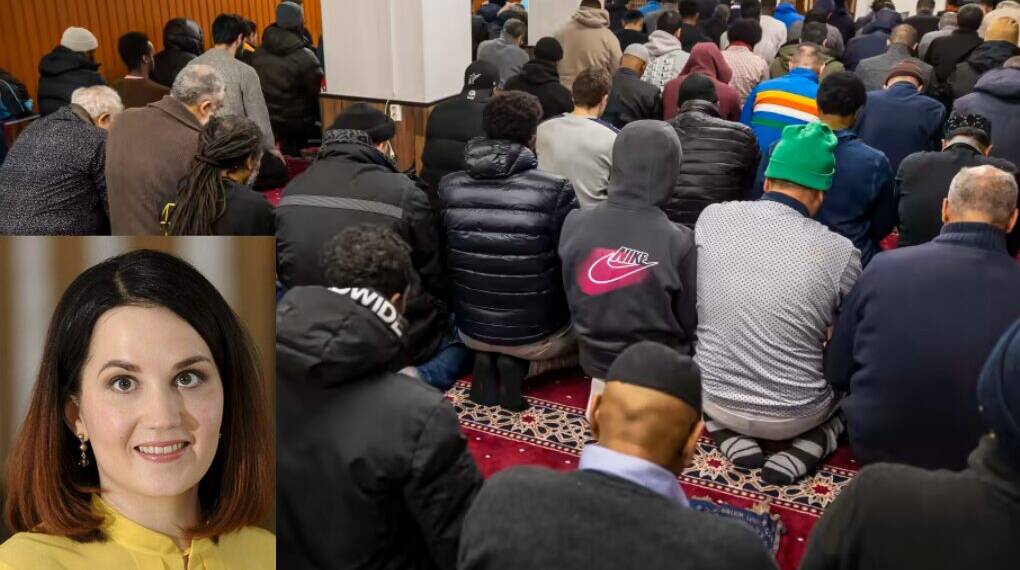The recent remarks by Sanni Grahn-Laasonen, Finland’s Minister for Social Security, have reignited a sensitive debate in Europe: the role of Islamic face coverings in schools. In a statement posted on social media, Grahn-Laasonen argued that “Burkas and niqabs — scarves and veils covering the face — are not suitable for school. Children should be allowed to be children and live freely in Finnish society.”
Her statement has provoked strong reactions, especially from Muslim communities, many of whom denounced it as Islamophobic. At the heart of the controversy lies a difficult question: should religious clothing, particularly those that cover the face, be allowed in educational institutions, or does such attire hinder integration, socialization, and equality?
The Case for Restricting Face Coverings
Supporters of Grahn-Laasonen’s position argue that schools are not only places of academic instruction but also spaces where children learn to interact, communicate, and build social bonds. A full-face covering like a burqa or niqab can, in their view, create barriers between students and hinder a child’s ability to integrate into the larger school community.
Socialization and Childhood Freedom
Childhood is a critical stage for developing friendships and learning social cues. Facial expressions—smiles, frowns, and subtle gestures—form a huge part of non-verbal communication. When a student’s face is fully covered, peers may find it difficult to connect, and the child herself may feel isolated.
Equality in the Classroom
Education systems often emphasize equal opportunities for all students. Critics of the burqa and niqab argue that these garments symbolize inequality, reinforcing gendered restrictions where girls are burdened with covering their bodies while boys are not. For Grahn-Laasonen and her supporters, schools should be environments that encourage liberation, not conformity to restrictive traditions.
Security and Identification
Another argument often made in European debates is security. Teachers and administrators may face difficulties in identifying students during examinations, school activities, or in emergencies. This practical concern has been cited in other countries that have introduced bans on face coverings in public spaces.
The Case Against the Ban
On the other side of the debate, Muslim communities and civil rights advocates argue that banning burqas and niqabs in schools amounts to discrimination. They see such restrictions as targeting one religion unfairly and stripping individuals of their freedom of expression.
Religious Freedom and Choice
For many Muslim families, wearing the burqa or niqab is seen as an act of faith, modesty, and devotion. Denying children the right to wear these garments may be interpreted as a violation of religious freedom, which is protected under European human rights frameworks.
Identity and Belonging
For young Muslims, especially those born and raised in Europe, the ability to wear religious clothing can be a way of reconciling their faith with their national identity. Forcing them to remove it could foster feelings of alienation, making integration more difficult rather than easier.
Parental and Cultural Rights
Opponents of restrictions argue that the state should not overstep into parental rights. Many Muslim parents see religious clothing as part of their cultural upbringing, and believe the government has no place dictating what children should wear in schools.
A Wider European Context
This is not the first time the issue has surfaced in Europe. France banned face coverings in public spaces in 2010, citing secularism and security concerns. Belgium followed a similar path. Other countries such as Denmark, Austria, and the Netherlands have also introduced restrictions in public institutions. Each time, the debate has followed a similar pattern: one side emphasizes integration, equality, and security, while the other stresses freedom of religion, choice, and minority rights.
In Finland, where Muslims make up a relatively small percentage of the population, the debate is still evolving. Grahn-Laasonen’s statement may reflect growing anxieties over cultural integration and a desire to reaffirm Finnish values in the face of increasing diversity.
Striking a Balance
The core dilemma is balancing individual freedoms with societal values. Supporters of restrictions want schools to remain spaces of openness and equality, free from practices they view as restrictive. Opponents see such measures as targeting a minority group and eroding fundamental rights.
Perhaps the way forward lies not in outright bans but in dialogue and compromise. Schools could allow religious clothing while setting reasonable boundaries for participation in activities where face visibility is essential, such as examinations, security checks, or certain interactive classroom settings. At the same time, governments must work to ensure that Muslim families do not feel stigmatized or excluded.
So, do we agree with Grahn-Laasonen’s statement? The answer depends on one’s perspective. If one prioritizes integration, gender equality, and social cohesion, the minister’s stance makes sense. If one prioritizes freedom of religion, parental rights, and cultural diversity, then the opposition’s argument carries weight.
The truth is that both sides raise legitimate concerns, and simplistic “yes” or “no” answers may not do justice to the complexity of the issue. What is clear, however, is that as Europe becomes more diverse, these debates will only intensify—and societies will need to find careful, respectful solutions that balance freedom with cohesion.








